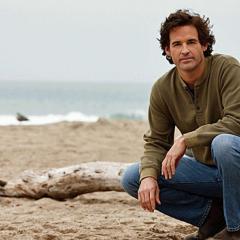Donlan and Wilcox co-author study on maximizing returns from environmental investments
While the practice of biodiversity conservation has matured over the past decade, decisions for proposed actions still commonly lack evidence-based and return on investment (ROI) frameworks. That picture, however, is beginning to change. Planners and practitioners are beginning to embrace operating frameworks similar to the “effectiveness revolution” in public health. Relatedly, rather than ignoring the economics of conservation practice, planners and practitioners are adopting approaches that incorporate the costs of interventions into prioritizations. Not embracing evidence-based approaches is a precarious strategy, and ignoring the economics of biodiversity conservation is acting as if money were no object.
In August, ACS published a study in the journal Conservation Letters that leverages a return on investment approach to maximize environmental benefits for island restoration and species conservation. Authors Josh Donlan, Gloria Luque (University of South Paris), and Chris Wilcox (CSIRO Australia) use the islands of British Columbia as a case study to illustrate how seabird conservation benefits can be maximized across a series of investments, such as the removal of non-native rats from breeding islands.
Much evidence now exists that documents island biodiversity impacts by invasive mammals. The technical ability to eradicate invasive mammals from islands has increased exponentially; consequently, strategic planning focused on maximizing the ROI is now a limiting factor for island restoration. Donlan and colleagues use a regional ROI approach to prioritize eradications on islands for seabird conservation in British Columbia, Canada. They do so by integrating economic costs of interventions and applying a resource allocation approach. The authors estimate the optimal set of islands for eradication under two conservation objectives each with a series of increasing thresholds of population sizes and breeding locations. ACS's approach (1) identified the most cost-effective interventions, (2) determined whether or not those interventions were nested with increasing thresholds, and (3) helped justify larger investments when appropriate. More often than not, conservation decisions are made at a regional scale, and decision-makers often must make choices on how to allocate funds across a number of potential conservation actions. A regional, ROI framework can serve as a decision-support tool for organizations engaging in discrete interventions in order to maximize benefits for the minimum cost.
